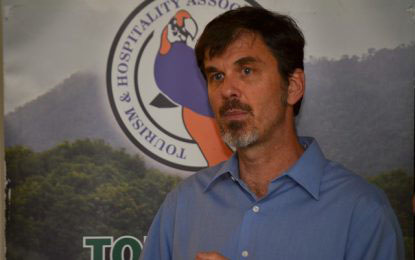More than 54% of the world’s population lives in urban areas. The net result is that cities have become global economic hubs, driving growth and innovation and attracting an increasing number of visitors who travel to do business, experience their culture and attractions and relocate themselves and their families. More people living in cities have resulted in the consequent need to invest in modern infrastructure while protecting the built heritage that makes each city unique, and to make better use of public spaces, including vacant green spaces and derelict brownfield lands.
The growth in cities has spurred the trend of city tourism, becoming one of the fastest growing categories in the tourism sector. Over half a billion trips are made to cities annually representing 45% of global international travel. These travelers want a more comprehensive menu of things to do, which results in a greater percentage of their expenditure remaining in the cities they visit. The implications of these trends for Georgetown is that stakeholders need to develop more products for a refreshed brand offer.
As the gateway to the wider tourism offerings of Guyana, Georgetown could capture more of the tourism spending of travelers in the city before they venture into Guyana’s hinterland by improving and extending its offer, the investment in which will help to revitalise the city’s urban fabric. In the process, there is a need to strengthen the Georgetown brand.

